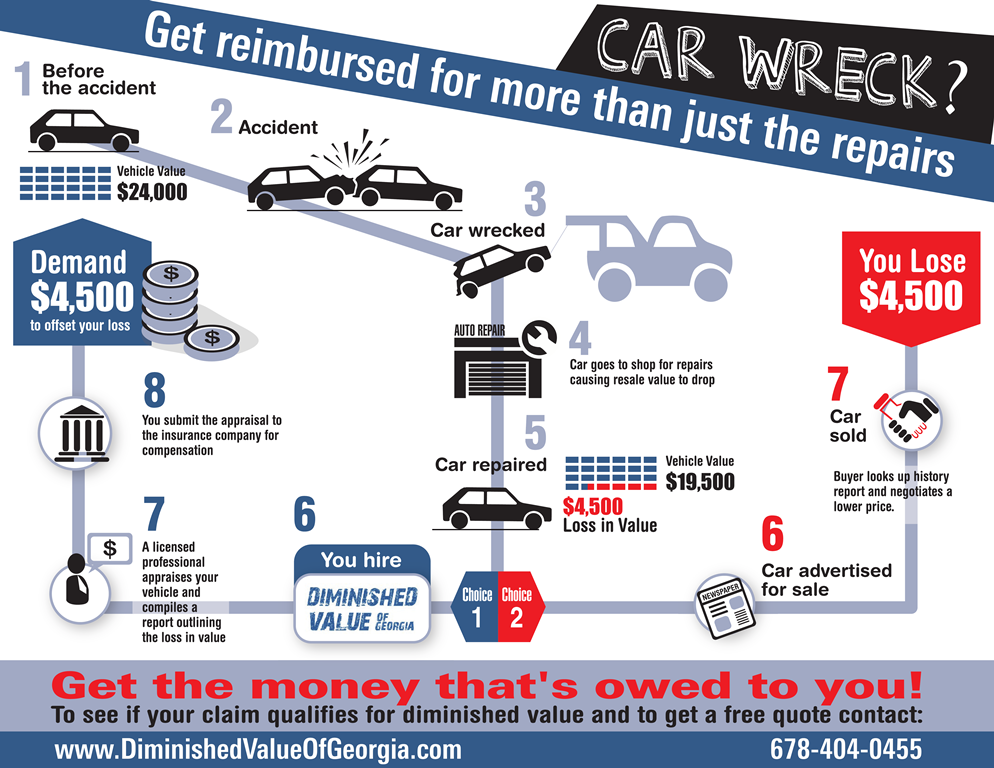Examining Your Vehicle'S Warning Indicators: What They Truly Communicate
Examining Your Vehicle'S Warning Indicators: What They Truly Communicate
Blog Article
https://drivers-training-near-me73973.59bloggers.com/30686497/get-ready-to-reveal-the-truth-about-automobile-repair-service-with-surprising-revelations-that-will-transform-your-viewpoint-you-will-not-think-what-you-ve-been-missing-out-on -Lauritsen Winters
When you're behind the wheel, those glowing warning lights on your control panel can be a bit puzzling. Do you understand what they're attempting to tell you about your car's health and wellness? Understanding the value of these lights is essential for your safety and the longevity of your lorry. So, the following time among those lights pops up, would not you wish to decode its message precisely and take the essential actions to resolve it?
Common Caution Lights and Interpretations
Recognize typical warning lights in your cars and truck and comprehend their definitions to guarantee risk-free driving.
The most typical warning lights consist of the check engine light, which signifies problems with the engine or discharges system. If this light comes on, it's critical to have your automobile inspected quickly.
The oil stress advising light indicates low oil pressure, requiring instant focus to stop engine damage.
A flashing battery light may recommend a malfunctioning charging system, potentially leaving you stranded if not attended to.
car detailing services monitoring system (TPMS) light informs you to reduced tire pressure, affecting car stability and gas effectiveness. Neglecting this can lead to dangerous driving conditions.
The abdominal muscle light suggests a problem with the anti-lock braking system, compromising your capability to quit quickly in emergencies.
https://lanesnjey.get-blogging.com/30777977/comprehending-your-vehicle-s-caution-lights-what-do-they-actually-mean but not least, the coolant temperature level cautioning light warns of engine getting too hot, which can lead to severe damages if not resolved swiftly.
Recognizing these usual caution lights will certainly help you resolve concerns promptly and maintain secure driving conditions.
Relevance of Prompt Focus
Recognizing the common caution lights in your vehicle is only the very first step; the significance of immediately attending to these warnings can't be highlighted enough to guarantee your safety when driving.
When a warning light illuminates on your control panel, it's your cars and truck's means of communicating a possible issue that needs focus. Neglecting these cautions can cause extra severe troubles later on, endangering your security and potentially costing you much more in repairs.
Motivate focus to warning lights can prevent breakdowns and accidents. For instance, a blinking check engine light can indicate a misfire that, if left neglected, can create damage to the catalytic converter. Resolving a knockout post can conserve you from a pricey repair.
In a similar way, a brake system cautioning light could signal reduced brake fluid or used brake pads, vital components for your safety and security when driving.
DIY Troubleshooting Tips
If you observe a caution light on your control panel, there are a couple of do it yourself troubleshooting ideas you can attempt prior to looking for expert assistance.
The primary step is to consult your automobile's manual to recognize what the details warning light shows. Sometimes the issue can be as straightforward as a loosened gas cap setting off the check engine light. Tightening up the gas cap may resolve the trouble.
One more common issue is a low battery, which can set off different alerting lights. Inspecting the battery links for deterioration and guaranteeing they're safe and secure may take care of the trouble.
If a warning light lingers, you can try resetting it by disconnecting the automobile's battery for a couple of mins and after that reconnecting it. In addition, checking your vehicle's liquid levels, such as oil, coolant, and brake liquid, can aid fix cautioning lights connected to these systems.
Final thought
In conclusion, comprehending your automobile's caution lights is important for keeping your car running smoothly and safely. By promptly attending to these signals and knowing what they suggest, you can stay clear of expensive repair work and potential malfunctions.
Bear in mind to consult your cars and truck's guidebook for certain details on each alerting light and do something about it accordingly to make certain a hassle-free driving experience.
Keep informed, stay secure on the road!
